Painting Services Not Just for the Home
 While there are millions of homes in the United States for quality, professional painting companies to stay busy, there are as many businesses that can also use the services of professional painters. In other words, the large number of new business facades or existing, established businesses can provide an entirely new business stream for professional paint companies.
While there are millions of homes in the United States for quality, professional painting companies to stay busy, there are as many businesses that can also use the services of professional painters. In other words, the large number of new business facades or existing, established businesses can provide an entirely new business stream for professional paint companies.
If you are a business owner in need of an updated look to your store front, the following advice is relevant to securing the services of a commercial paint company to meet your needs.
Research, research, research. The internet is a marvelous tool for finding out what paint companies work in commercial real estate. Take the time to find and read reviews by businesses that have already used their services.
Make tentative decisions about what painting you would like to have done. However, remember you are looking to hire a company that understands your needs from a professional painting perspective. The experience should be collaborative. Do not be averse to hearing their ideas about how to modernize your business’s façade.
Take the time to meet with your top 3 prospects. Have an idea of what you are interested in having done, then allow their input. Take notes and ask for references, even if there are positive reviews on the internet, after all, sometimes online reviews are less than credible.
Consider the businesses around you. Are you looking to blend in or stand out? Is there a retail or office theme? Are there contractual requirements that will limit your paint options? This should be determined prior to undertaking the painting process. It is your responsibility as a business owner to know the limitations of changes to the storefront you are permitted to perform.
And speaking of contracts, be sure you have one in place that outlines the exact parameters of the painting job that you hire out. Check into the company’s insurance and experience, the timeframe for completion, and responsibility for supplying materials.
There is a lot to consider when pursuing the update of a business store front. We have provided you with a skeletal checklist to work from. If you would like a more complete explanation, the professionals at University Painters are here to work with you! We look forward to hearing from you!


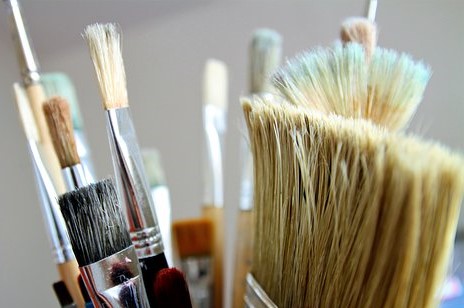
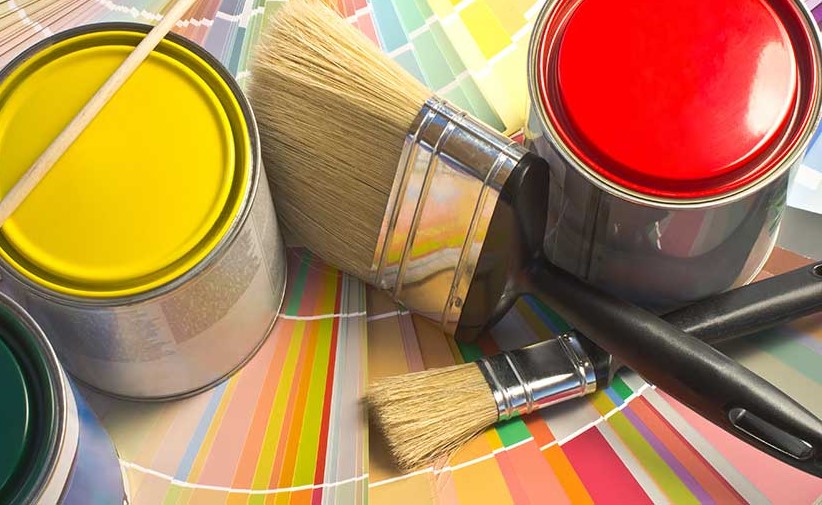

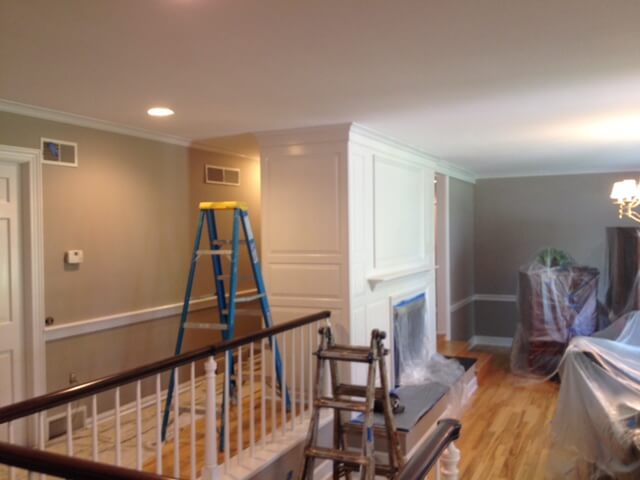 If you’re a homeowner, chances are you’ll have to deal with water damage at some point in the life of your
If you’re a homeowner, chances are you’ll have to deal with water damage at some point in the life of your 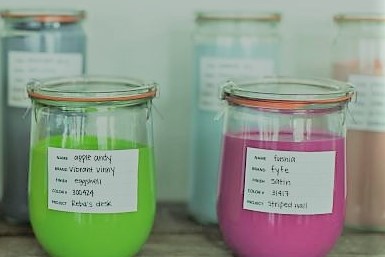
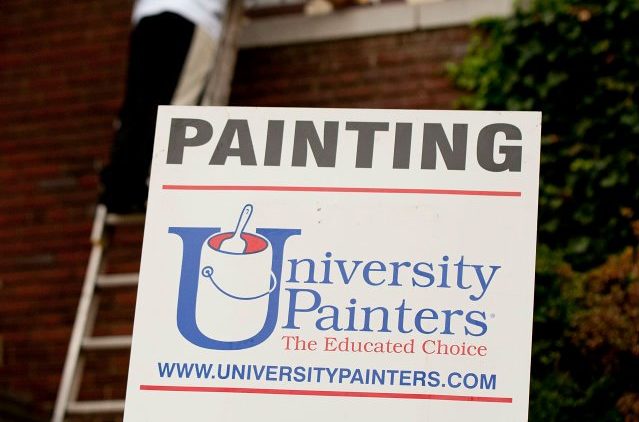
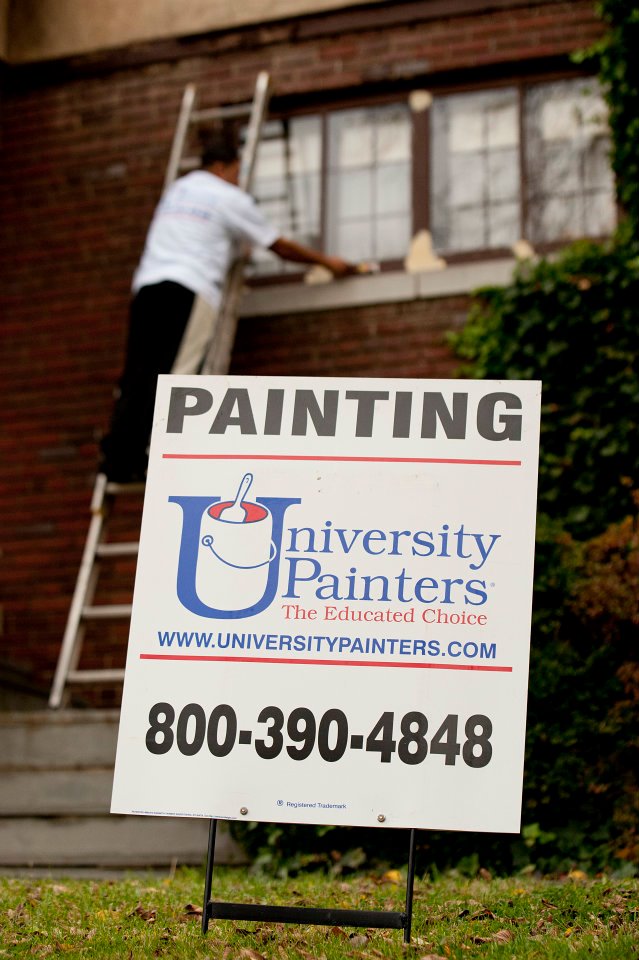 Everyone wants their home to look beautiful. Landscaping is important but the number one item on a homeowner’s list is the
Everyone wants their home to look beautiful. Landscaping is important but the number one item on a homeowner’s list is the 
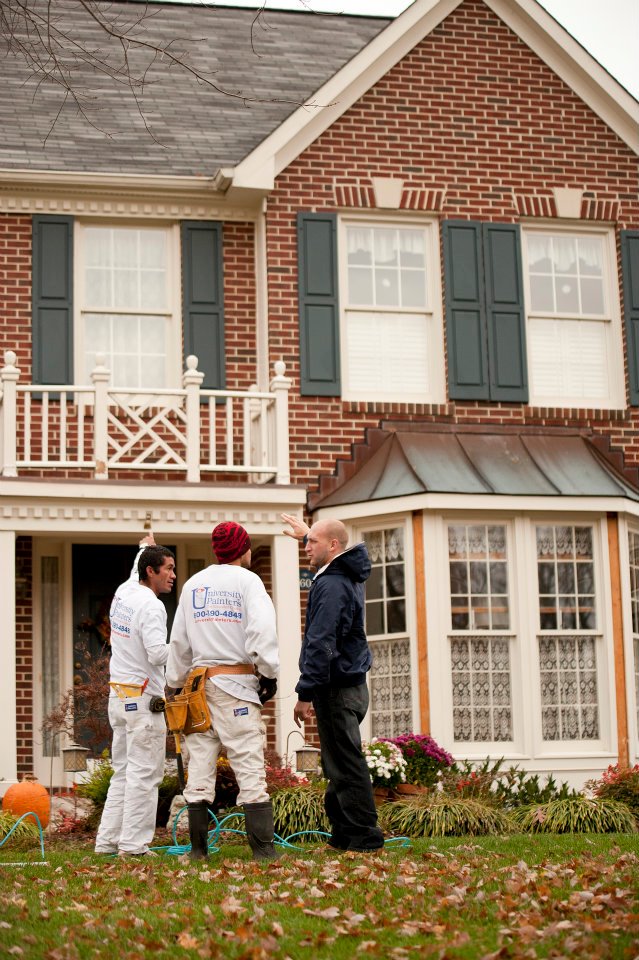 Summer can be a great time to complete home improvement projects, especially if they’re outdoor projects. If you’re thinking about painting your home’s
Summer can be a great time to complete home improvement projects, especially if they’re outdoor projects. If you’re thinking about painting your home’s 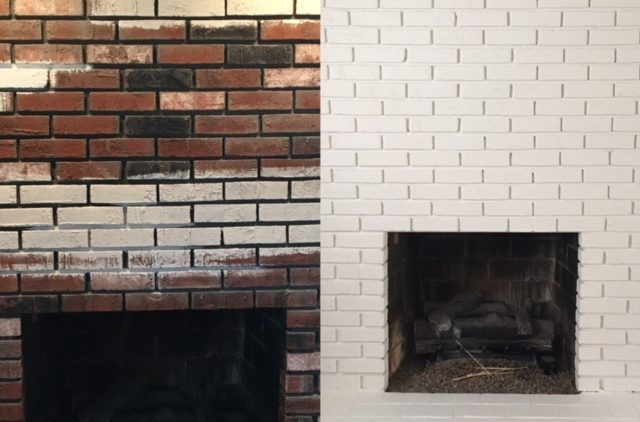
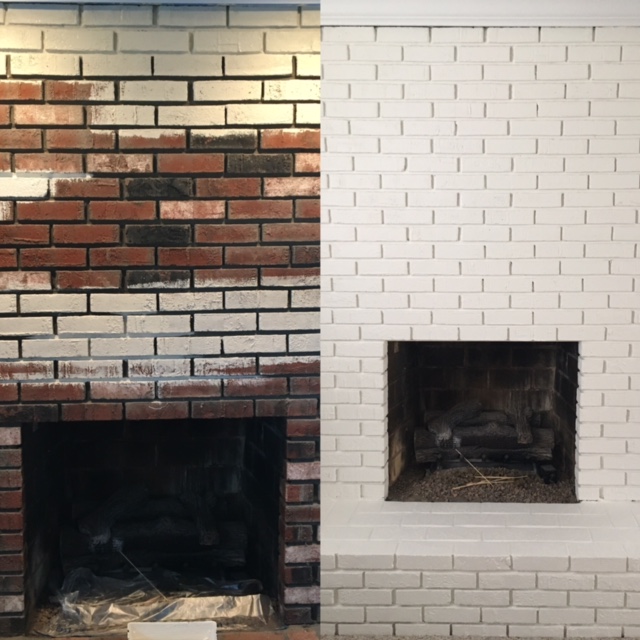 Painting
Painting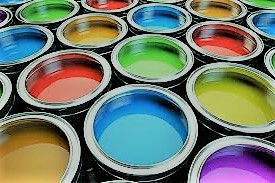

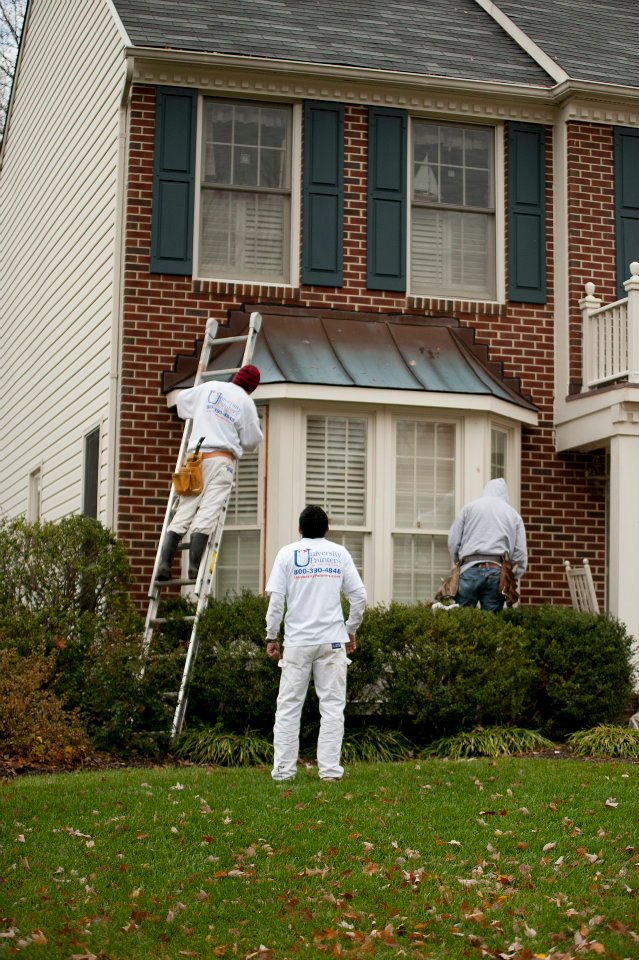 Have you been pulling into the driveway lately and feeling that the house staring back at you seems a bit worn? Is it looking dull? Do the other homes in the neighborhood seem newer and more modern? Perhaps all that you really need is a fresh coat of paint to spruce up the place and make it feel new again – and the same is as true for the inside as outside! Putting a fresh coat of
Have you been pulling into the driveway lately and feeling that the house staring back at you seems a bit worn? Is it looking dull? Do the other homes in the neighborhood seem newer and more modern? Perhaps all that you really need is a fresh coat of paint to spruce up the place and make it feel new again – and the same is as true for the inside as outside! Putting a fresh coat of